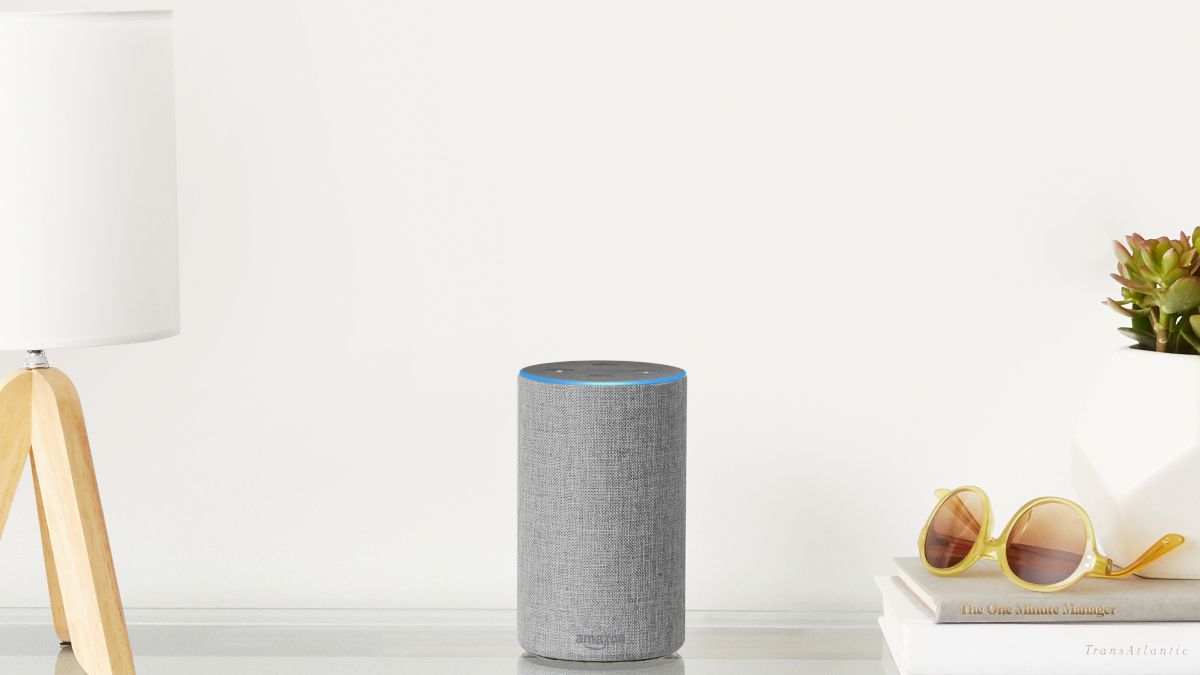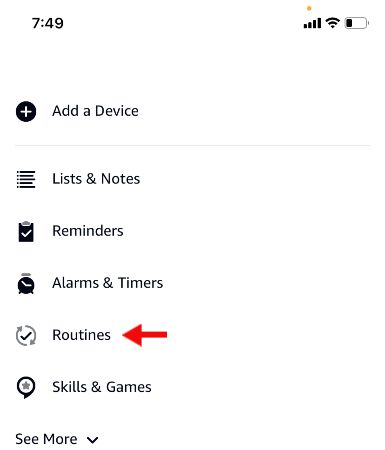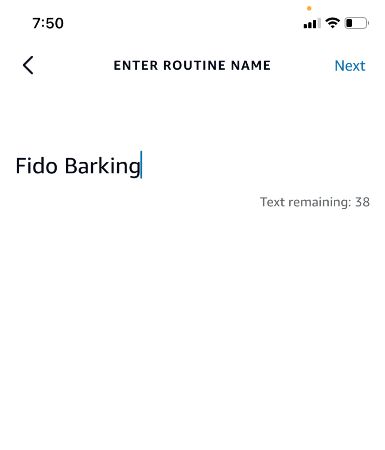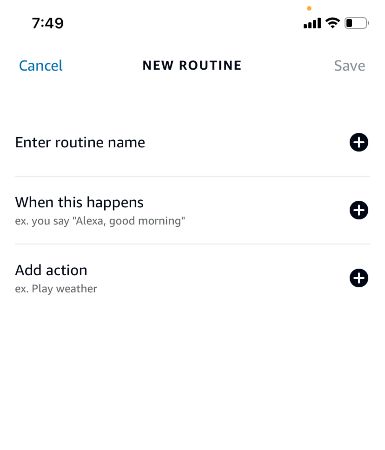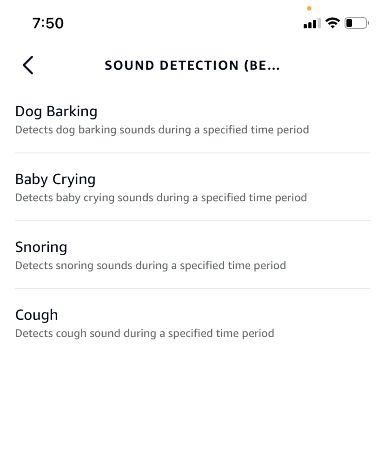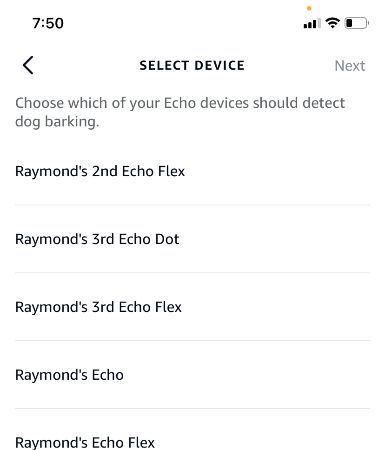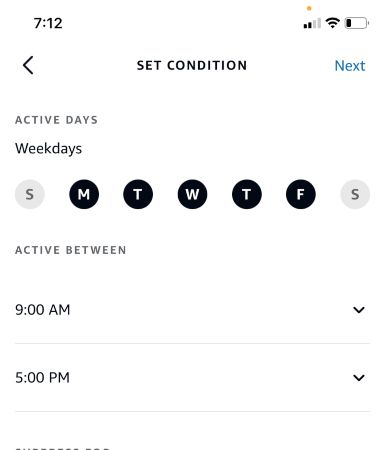Quick Links
Among its 100,000+ skills, Alexa includes a Sound Detection feature, which allows it to listen for specific sounds and respond with a routine or command. Today, we'll show you how to set this feature up and put it to work.
What Routines Can Alexa's Sound Detection Feature Follow?
Alexa's Sound Detection feature can fire off helpful routines and commands when one of the four sounds is heard. For example, the sound of a baby crying could trigger Echo to play a lullaby or a random song from a nursery-themed playlist between the hours of 12 a.m. to 4 a.m. Another possibility is turning off a night light as soon as it detects a person snoring.
What Can't Alexa's Sound Detection Feature Do?
As of June 2021, Alexa's Sound Detection feature can only detect four sounds: a dog barking, a baby crying, snoring, and coughing.
Additionally, one routine can't be paired across multiple devices but is limited to a single device. Be sure to select the device closest to the action or be ready to set up the same routine across multiple devices.
Lastly, unlike many of Alexa's other transcription-supported services (e.g. Live Translation Mode), no audio is stored to the Amazon Alexa app or the cloud.
How to Make Your Amazon Echo Listen for Specific Sounds
To enable Alexa's Sound Detection, download the Amazon Alexa app from Apple's App Store for iPhone or from the Google Play Store for Android.
From there, open the app and tap on "More" on the bottom menu bar.
Tap on "Routines," and then tap on the "+" icon in the upper-right corner.
To create a routine, tap "Enter routine name," and type in the name of the routine. Then, tap "Next."
Tap on "When this happens," followed by "Sound Detection."
On the Detection page, you have the option of choosing a dog barking, a baby crying, snoring, and coughing.
On the following screen, choose which connected Alexa-enabled device you would like to detect the sound. Tap on the device, followed by "Next" in the upper-right corner.
On the "Edit Routine" screen, you can set conditions with your Sound Detection's schedules and actions.
To change the schedule, tap on "Weekdays." You'll have the option to select the Sound Detection feature's active days (Sunday through Saturday). Additionally, you could set a daypart (e.g. Active between 9:00 a.m. to 5:00 p.m.), followed by a suppression period, which is the number of minutes and/or hours that Alexa will wait before running the routine again.
Suppression periods are an excellent add-on, preventing Alexa from being overly responsive to every sound and repeating the same routines over and over again.
To add an action, tap on "Add action."
Here, you can specify actions that you'd like Alexa to do. Some actions include automatic drop-in notifications, an Audible reading, delivery updates, calls, and an automatic email with a connected account.
You're even able to create a custom action by tapping on "Custom."
Once all of these steps are completed, tap on "Save" in the upper-right corner. If you're successful, you'll see a "Routine Updated successfully" message at the top of the screen.
An Excellent Choice for Dogs, Babies, and Sleepers
Alexa's Sound Detection feature can work wonders for you, especially if you're a parent or a pet owner. It's quite responsive, successfully processing barking and crying sounds at varying levels of intensity, from soft to loud. If you're looking for an effective way of calming a dog, a baby, or a snorer, then Alexa's Sound Detection feature is a worthwhile option.

